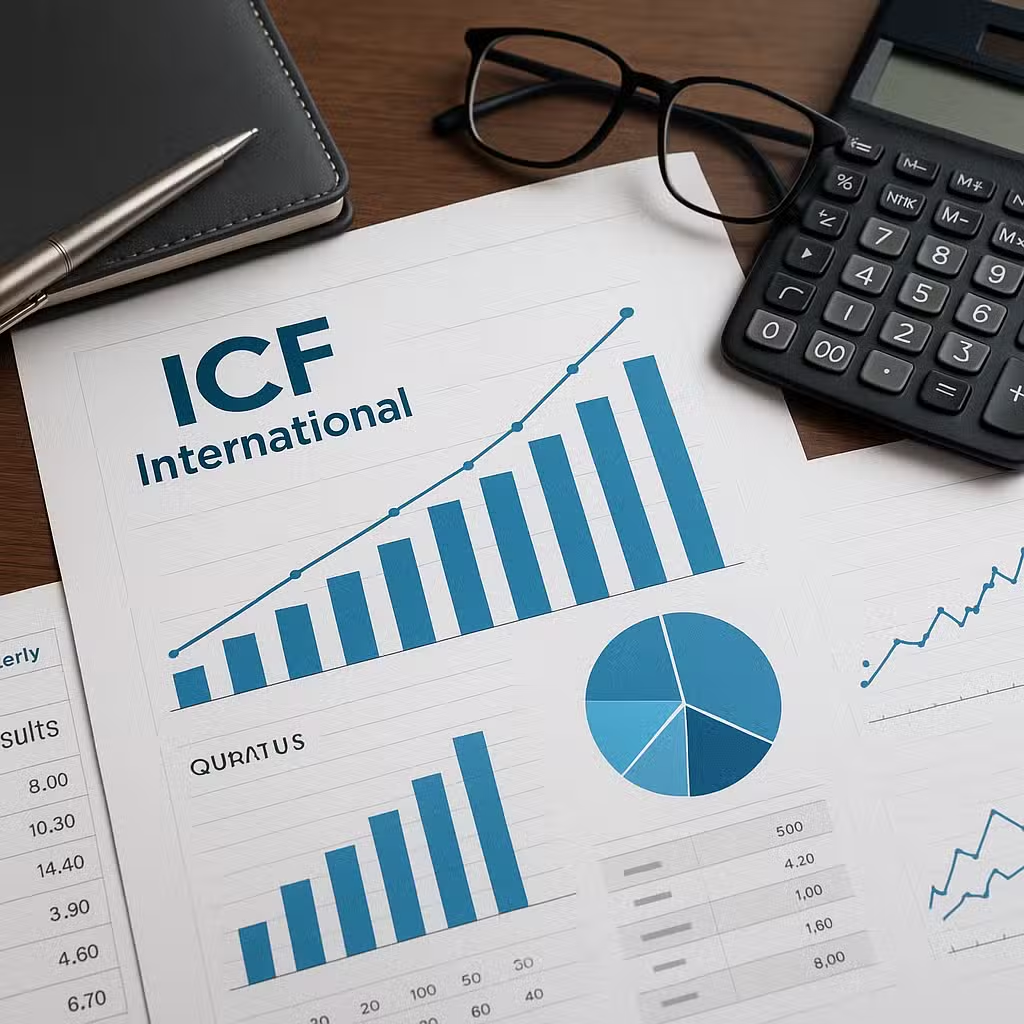How Health Savings Accounts Can Boost Long-Term Returns for Savvy Investors
Picking a health plan during open enrollment is a lot like choosing the right backpack for a long hike—if you pack it smart, you’ll be ready for whatever comes your way. This matters because your choices now can help you handle big health costs later, and even grow your money for the future.
Why Investors Should Care About HSAs
Health Savings Accounts (HSAs) aren’t just a place to stash money for doctor visits. They can be powerful tools for investors who want to grow their savings, lower their taxes, and prepare for health expenses in retirement. If you’re building a portfolio or planning for the long-term, understanding how HSAs work could make a big difference.
The Bull Case: Why HSAs Are a Smart Move
- Triple Tax Benefits: You put money in tax-free, it grows tax-free, and you don’t pay taxes when you take it out for health costs.
- Big Potential for Growth: If you invest your HSA money instead of spending it each year, it can compound over time. Some experts say you could retire with over $100,000 in your HSA if you start early and invest wisely.
- Flexibility: You can save receipts for your health expenses and pay yourself back later, letting your investments grow longer.
- Rising Health Costs: According to Fidelity, a 65-year-old retiring in 2025 will need about $172,500 just for health care in retirement, and that number keeps going up. (Source: Fidelity)
The Bear Case: Risks and Challenges
- High-Deductible Health Plans: To use an HSA, you must have a high-deductible health plan. These plans can mean lower monthly costs, but you might pay more out of pocket if you get sick or injured.
- Not Everyone Invests: Even though over 59 million Americans have HSAs, most use the money for current medical bills instead of investing it. In 2024, only 20% of HSA holders invested their balance, according to a survey by the Plan Sponsor Council of America.
- Minimum Balance Rules: Many HSA providers require you to keep at least $1,000 in your account before you can invest the rest. This can be tough if you need the money for medical costs now.
- Market Risk: Like any investment, money in an HSA can go up or down in value, so you need to be comfortable with some risk.
What’s Changing for HSAs?
Recent changes from lawmakers are making it easier for more people to use HSAs. For 2026, the IRS will let individuals put up to $4,400 in an HSA, and families can contribute up to $8,750. That’s a bit more than before, which means you can save and invest even more for future health needs.
Also, more employers are now offering investment options for HSAs, so it’s easier to get started if you want to grow your balance over time.
Investor Takeaway
- Check if you’re eligible for an HSA: If you have a high-deductible health plan, see if you can open and invest in an HSA.
- Consider investing your HSA funds: If you can afford to pay medical costs out of pocket, let your HSA grow for the future.
- Keep track of your receipts: Save them so you can pay yourself back from your HSA later—this helps your investments keep growing.
- Watch for new rules: Contribution limits and plan options change, so review your choices each year during open enrollment.
- Balance risk and reward: Investing in your HSA can boost your retirement savings, but make sure you have enough cash for emergencies before you invest the rest.
For the full original report, see CNBC







